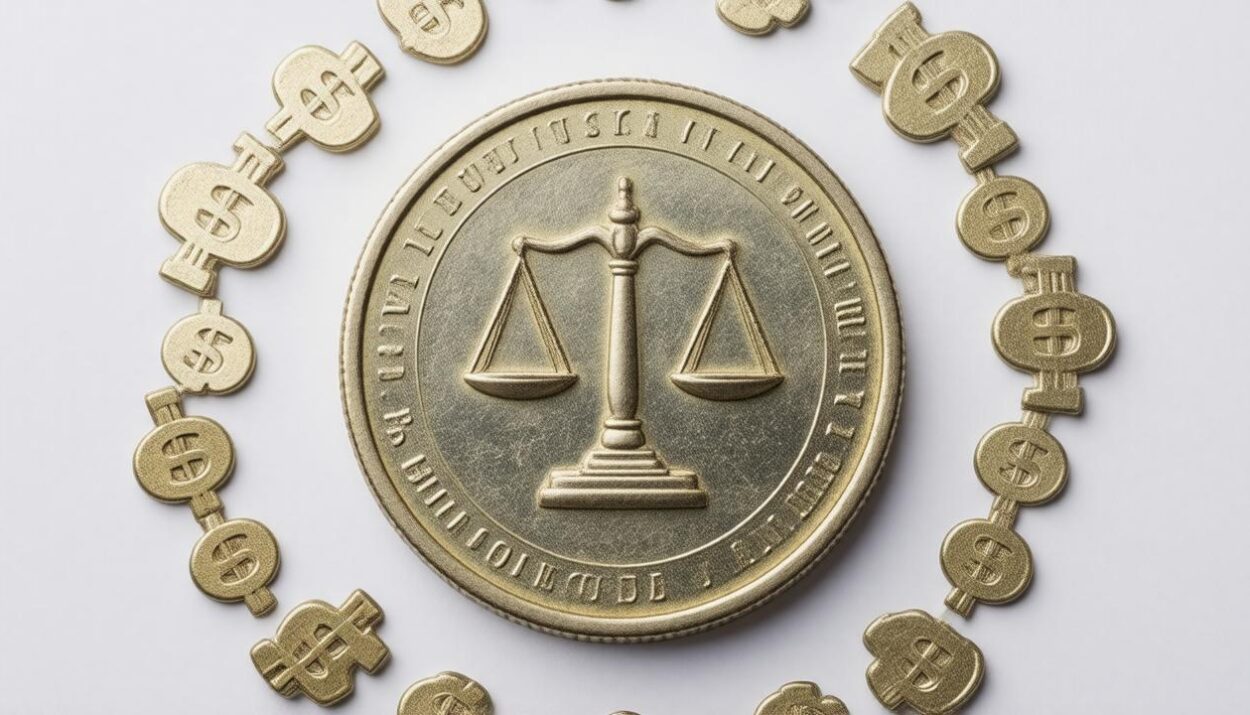The Rise of Stablecoins: Understanding Their Importance and Regulation
Stablecoins have come a long way since their introduction 10 years ago as a medium of exchange and store of value. A study by Lambis Dionysopoulos and Andrew Urquhart highlights their growth and significance, particularly in regions with monetary instability and limited access to the US dollar.
According to the study, stablecoins have become increasingly popular among businesses, financial institutions, and individuals for international cross-border payments, liquidity management, and protection against currency fluctuations. This accelerated adoption has not only impacted the digital asset ecosystem but also the financial system as a whole.
Types of Stablecoins and Their Mechanisms
There are hundreds of different types of stablecoins in circulation, with the majority issued by Tether (USDT) and Circle (USDC). These stablecoins derive their value through various mechanisms, including backing by real-world assets such as fiat, commodity, treasury bill, or digital assets.
Four categories of stablecoins/tokens are backed by real-world assets, which are pegged to the value of traditional/fiat currencies, commodities, T-Bills or repos, or digital assets with varying degrees of collateral requirements. Algorithmic stablecoins, on the other hand, are backed by programmed trading mechanisms without relying on direct collateral. However, these models face challenges in maintaining long-term stability, as seen with the collapse of TerraUSD in 2022.
Expert Insights and Market Projections
William Quigley, a cryptocurrency and blockchain investor, states:
“Stablecoins will remain one of the fastest-growing areas in digital assets. Backing them with real-world assets, particularly U.S. Treasuries, has already proven successful, and I expect continued innovation in stablecoins unless if they are banned by world regulators. Stablecoins are here to stay and will likely drive the next phase of crypto adoption.”
The market is projected to reach $3 trillion within the next five years, capturing a larger share of the digital asset market, surpassing traditionally dominant assets like Bitcoin and Ethereum.
Regulatory Frameworks and Proposals
The US has introduced two stablecoin bills at the Federal level: the Stablecoin Transparency and Accountability for a Better Ledger Economy (STABLE) Act and the Guiding and Establishing National Innovation for U.S. Stablecoins (GENIUS) Act. These bills seek to regulate stablecoin issuers with licensing requirements, risk management rules, and 1:1 reserve/collateral backing.
Currently, stablecoins are regulated in several countries, including the EU, Hong Kong, Japan, MENA – UAE, Russia, UK, and USA. However, regulatory frameworks and proposals vary across these regions.
Expert Insights on Regulation and Innovation
Rhett Shipp, CEO of Avant, explains:
“I expect continued innovation in stablecoins collateralized by a broader range of financial instruments. While this expansion is promising, issuers must carefully consider liquidity constraints—projects that fail to do so have already faced challenges.”
Elliptic predicts that 2025 will witness a proliferation of regulatory initiatives around the world to support the responsible development of stablecoins and tokenization.
For more news on the cryptocurrency and blockchain space, visit Global Crypto News.
























